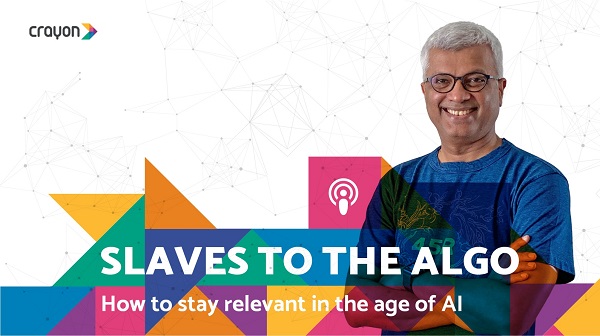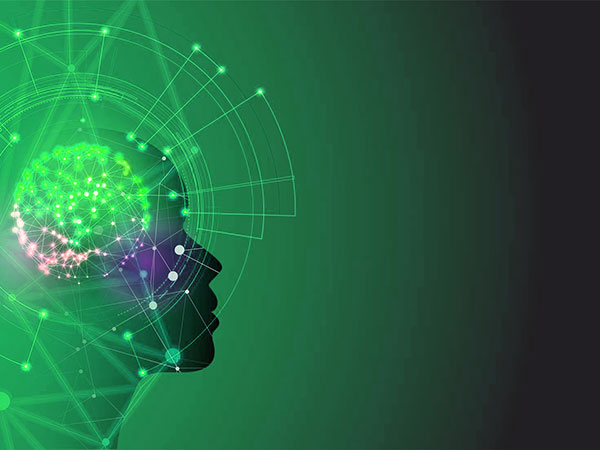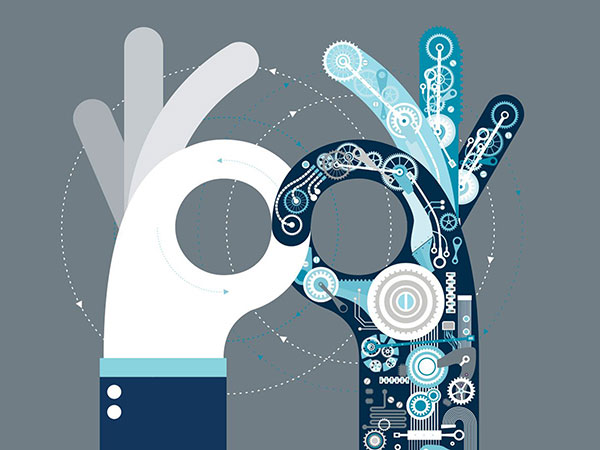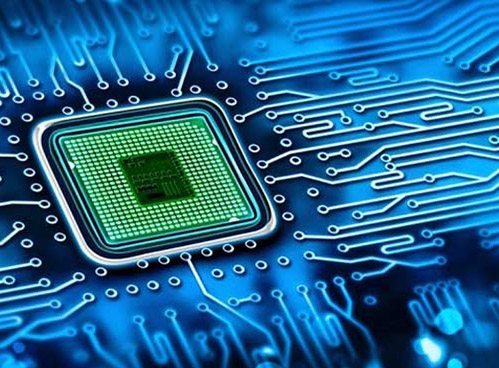In the modern workplace, technology is the real game changer. The majority of businesses today are inclined towards investing in automated systems that are powered by artificial intelligence. The idea is to access data in real-time that boosts employee productivity.
Application of automated data engineering is no longer a vision. It is a reality that has long-term advantages by transforming employee performance within a business environment. AI, along with machine learning, has now entered in most industry segments. A key role that falls under their purview is in operations. A PWC report states that AI applications will contribute up to USD 15.7 trillion to the global economy by 2030.
Significance of automated platforms
Implementation of mechanized processes has now invaded key decision-making domain away from humans. Through job efficiency and enhanced productivity, introducing workplace automation such as virtual assistants, Internet of Things (IoT) and chatbots are reshaping businesses. The everyday employee is no longer involved in mundane, repetitive tasks. This, in turn, translates into seamless collaborative team performance that offers total data visibility.
The time has come for all businesses to tread the path to put in place AI triggered systems to raise the bar high. It is essential to make this shift towards positive employee productivity, keeping in line with key areas of performance. However, amongst the scheme of things, you should not downgrade the importance of enhancing employee experience. In effect, it should be on par with employee productivity.
Measuring employee experience
Measuring employee experience is imperative to implement any AI enabled systems within the organization simultaneously. This is because automation tends to trigger fears of job security amongst the workforce.
A standard manner of getting feedback before introducing any AI applications is to take a survey by getting the employee net promoter score. An NPS survey software can come in handy in helping you design relevant questions targeted towards your employees.
The survey outcomes should be able to indicate how well your workforce will accept these new changes in their work environment. Allow these results to be your guide in the phase-wise implementation of automated processes. It is important for you to keep in mind that even those these new age tools are somewhat radical, the end goal is to boost employee productivity.
Ways of driving employee productivity with AI
Consider these innovative methods of implementing automated mechanisms in your workplace to augment workforce efficiency.
Restructure interactions and query resolution
This is a basic requirement in any workplace. The seamless manner of communication practices between employees, supervisors, management, customers, and business stakeholders is vital.
Tools like the virtual phone systems enabled by AI assist in programming monotonous and recurring reactions. It can additionally divert calls to available phone lines so that clients are not kept on hold unnecessarily. Live agents have access to real-time client analytics and dashboards, which converts into providing top-notch customer support experience. Pre-programmed chatbots can bridge any gap between humans and machines, thus offering 24/7 accessibility and instantaneous responses to customers.
Look at augmenting worker ergonomics
It can be demoralizing for the entire workforce to be a part of an unhealthy or hazardous workplace. Radio-frequency identification badges or sensors are devices fueled by artificial intelligence that can help employees to better workplace safety protocols. This gradually disseminates in superior employee productivity levels.
Positive working postures combined with intensive physical activities, formulating training programs all work in favor of improving worker ergonomics positively.
Establish a system of prompt and uninterrupted feedback
Businesses are seeking ways to implement proactive feedback solutions that helps in leveraging the potential employees possess.
Employee performance management systems have been able to automate the process by facilitating mutual goal setting and tracking progress milestones. It also allows access to timely feedback to the workforce via several different channels.
The outcomes of these reviews are rarely biased as the back-end system can identify, correct, and build employee performance through better goal alignment and communication. You can custom-design training programs using Knowledge Base software to cater to the requirements of your workforce, improve competencies, and provide a more purpose-driven employee experience.
Boosting the standards of talent management
For any business, it is critical to match the right talent with the right profile. Therefore, to combat human inaccuracies in grabbing the talent, modern day organizations are increasingly depending on predictive analytics of automated performance systems. These systems can recognize skill gaps and help in developing comprehensive training modules for new and existing employees all geared towards boosting performance and encouraging higher engagement with the business.
Robust data analytics for problem solving
Several sophisticated solutions, for example, automated CRM tools, opinion data mining, and social computing are now helping employees to improve not only their performance within the company but also offer superior client experiences.
The available data-based models offer a more streamlined picture of projecting client expectations, which are then met by applying neural networking models that mimic human intelligence to strategize at multiple levels accurately. Quick problem solving with invaluable insights can lead to higher business revenues along with employee growth.
The future of AI powers employee performance
AI has undeniably brought in disruption in the business landscape. But the argument around new age technologies displacing human beings no longer stands.
AI is here to transform employee productivity by effectively embracing human intelligence. The benefits far outweigh any disadvantages. Hence there is little doubt why this movement is spearheading into mass acceptance.
























